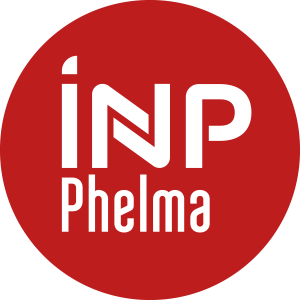Number of hours
- Lectures 0
- Projects 0
- Tutorials 0
- Internship 0
- Laboratory works 16.0
- Written tests 0
ECTS
ECTS 1.0
Goal(s)
The goal of this activity is to let students use a modern optical simulation software to make them aware of the difficulties and the pitfalls that may be present while using it.
This activity is strongly related to the integrated photonics course, as some of the devices discussed in the theoretical course or in the exercise sessions will be treated using the simulation software.
Content(s)
- Introduction to the Optiwave OptiBPM
- Introduction to the BPM (Beam Propagation Method).
- Comparison between theoretical results obtained calculating waveguide modes with the effective index method during exercise sessions and calculation results obtained by simulation.
- Introduction of the available projects to be developed.
- Definition of the groups of students and choice of the project.
- Group work on the simulation of an optical component chosen by each group.
Prerequisites
Theoretical course in integrated photonics
SESSION NORMALE :
Types d'évaluation : CC1
Evaluation rattrapable : CC1
- commentaires : Rapport
SESSION DE RATTRAPAGE : CC2
Evaluation : Rapport
- duree : 2h
- possible en distanciel : oui
Every group must produce a 10-15 pages report one week after the last simulation session.
The report must present clearly the problem treated, a short theoretical explanation of the working principles of the component and the simulation results obtained.
Contrôle continu Session 1 : CC1
Examen oral Session 2 : O2
N1 = Note finale session 1 = 100% CC1
N2 = Note finale session 2 = 100% O2
- Saleh, B. E., & Teich, M. C. (2019). Fundamentals of photonics. John Wiley & Sons.
- Zhu, Z., & Brown, T. G. (2002). Full-vectorial finite-difference analysis of microstructured optical fibers. Optics Express, 10(17), 853-864.
- https://kb.lumerical.com/solvers_eigenmode_expansion.html



